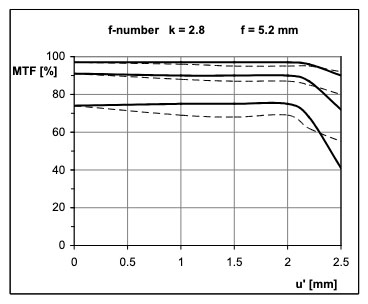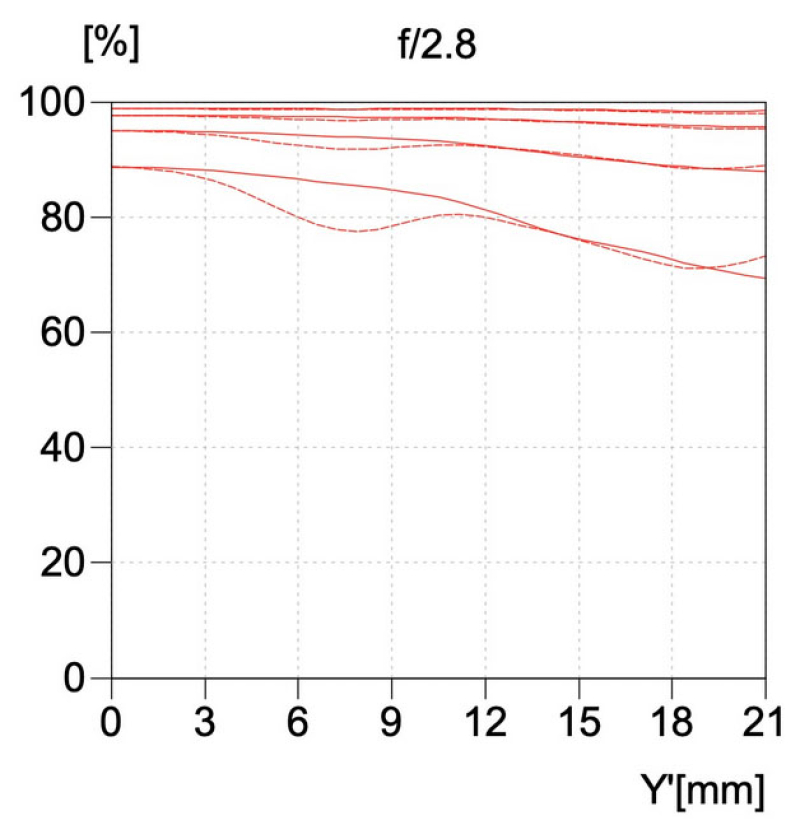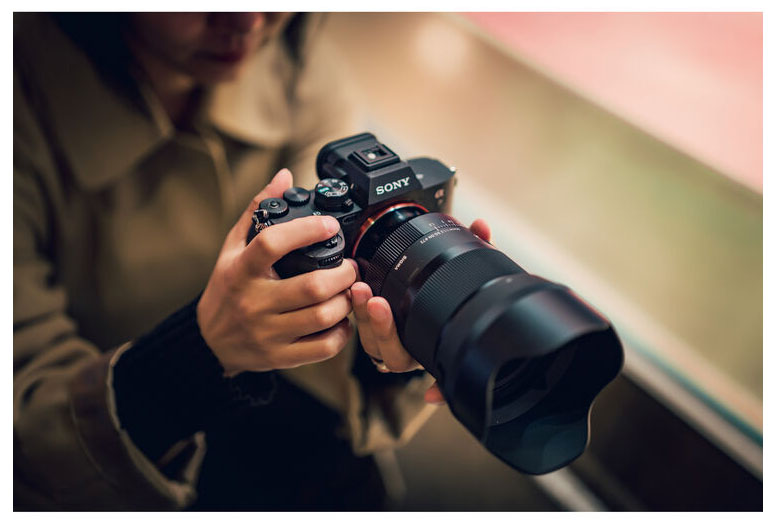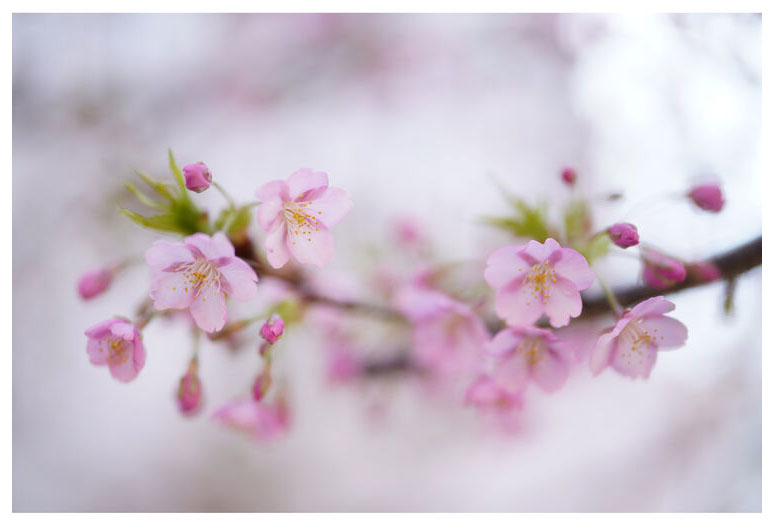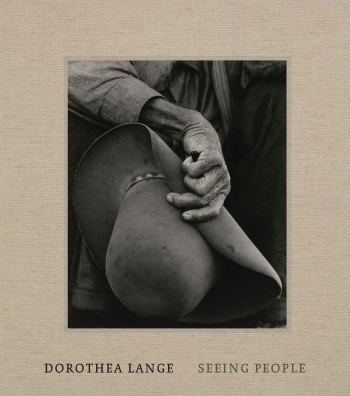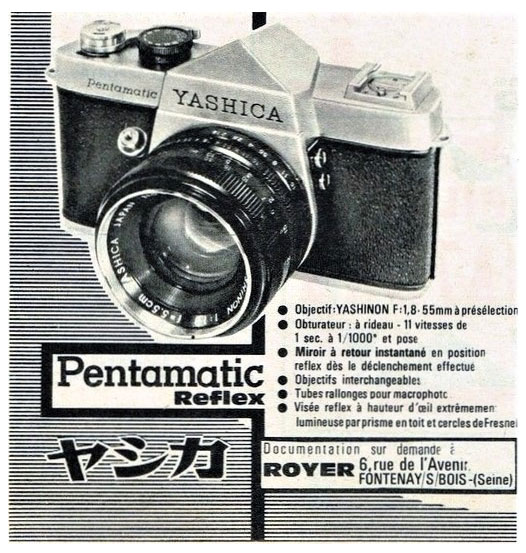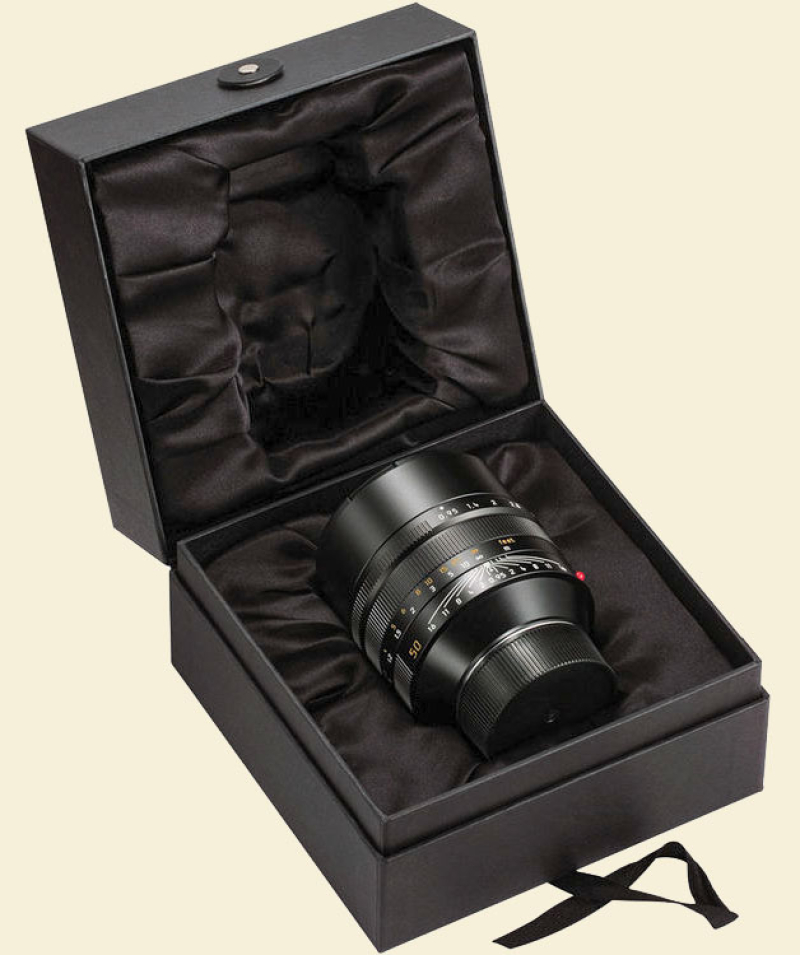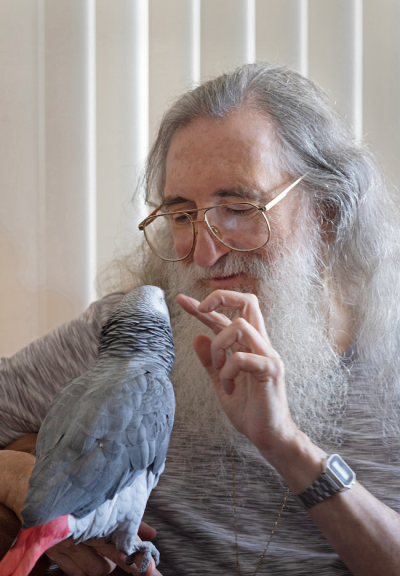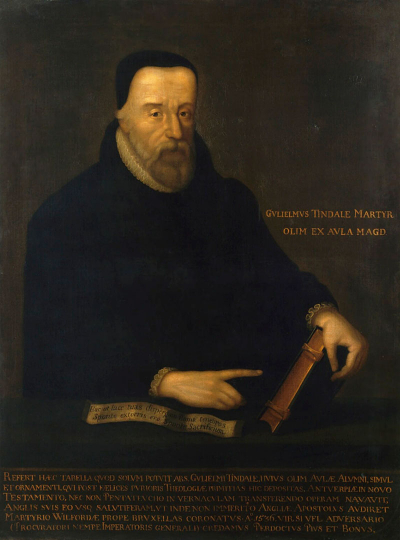Forgive me. I know I ought to continue the "Big Honkin' Normals" list before starting another one. But...
Back in the days when the Dallas Cowboys had a player called Ed "Too Tall" Jones, I joked with a football-playing co-worker, whose name happened to be Darrell Green—no relation to the Washington cornerback, although my friend Darrell played cornerback too—that my nickname should be "Too Tired" Johnston. Cracked him up.
Anyway, since he's been sick, Butters barks me awake every morning because he has to go out, and my morning routine, formerly so orderly, is in shambles.
So I'm too tired lately. (He gets his big test tomorrow, which will hopefully result in getting the proper medication to help.)
But to continue on the theme of normal lenses, which is what we've landed on lately, here is a "listicle" of my favorite normal lenses, of all the ones I've ever used. Listicle is a portmanteau of list and article—meaning an article structured as a list. In case you have been sleeping on that.
I've included 40mms on this list but not 35mms. Have to draw the line somewhere. But a number of my favorite lenses have been 35mms, I must admit. And all of these are either lenses I used for a long period of time or owned. A possibly apocryphal quote, attributed to a Leica lens designer: "All lens tests are shortcuts. To really get to know a lens, you have to use it for a year." I agree with that, whoever said it.
This list is purely personal, based entirely on how much I liked the lenses—it's not a list of "best." And I go by pictures, not measurements. With a nod to handling. And in the case of the film-era lenses, my standard films were Kodak Plus-X and Kodak Tri-X, and sometimes Ilford XP2, not color films. For that matter, I use the Sigma lens only on a monochrome camera.
Finally, the tag "of all time," as in the post title, is pretty dumb. Mostly when the phrase is used it's talking about something very time-bound (e.g. "best websites of all time"), where most of "all time" doesn't enter in, and of course they can only be talking about the time up until the list was written. But it does indicate that it's meant to cover everything, without limitation, and that's appropriate for certain lists. Listicles are fundamentally pretty foolish anyway...
...But here goes nothin'. Counting down:
10
Asahi Pentax Super-Multi-Coated Takumar 50mm ƒ/1.4 for M42 screwmount cameras such as the Spotmatics, the one with the metal focus ring—although many of the 7-element 50mm's were very similar, up to the AF FA [Note: the foregoing is corrected from the original version of this post]. The quintessential classic double-Gauss fast normal. Pentax developed multicoating with Zeiss, and given the co-operation with what was then considered the top camera lens maker in the world, the prestige of Japanese optical companies and by extension of Japan itself was felt to be on the line, and Asahi pulled out the stops. This lens was originally a loss-leader, sold for less than it cost to produce. It's a deluxe lens, better than the German competition of the era. Herbert Keppler, perhaps the No. 1 photography "influencer" in the English-speaking world in his heyday, did a whole article supporting this contention in an issue of Modern Photography way back when, complete with graphs and charts. It is also one of the best-built classic lenses—even today its quality can be appreciated in a good sample. You'll never feel a more buttery-smooth focusing helical.
9
Rodenstock APO Sironar-S 150mm ƒ/5.6. Part of the fun of shooting 4x5-inch film is experimenting with the old lenses that are still floating around out there, as long as they have shutters that work. But if you want the very best, this pinnacle of the breed came along just before they all went away. The APO Sironar-S equaled the quality of the more pedestrian Sironar-N's one stop wider open, and covered more (offering more movements on 4x5), and, although sharpness is not going to be your problem with sheet film unless you enlarge it too much, were just that little bit more sharp. The lens is also very compact and light, making a perfect match with many 4x5 field cameras. This is no longer available new, unfortunately. The market just won't support these products any more. Nevertheless, it is an ideal 4x5 lens.
8
Sigma 45mm ƒ/2.8 DG DN Contemporary for L-mount. Hey, I can't leave my current lens off the list, can I? One of only three digital-camera lenses on this list. That's not a knock against today's lenses, just the result of the fact that I was the go-to equipment reviewer for a couple of the camera magazines I worked for when I was young, and I tried everything under the sun. When I wrote something jaded and dismissive about this lens before trying it, I believe it was Ken Tanaka who encouraged me to stay open-minded to it. Luckily for me. It's an almost perfected optic, with no bad habits, no weaknesses that I've found yet, very good build quality, and superb feel to its manual focusing. I guess some people don't like it because it's not big enough or expensive enough, so maybe that's a weakness. You can see examples in my Flickr Photostream.
7
Panasonic Lumix G 20mm ƒ/1.7 II ASPH. for Micro 4/3. I only had the first version, which looks like this. Well, I owned them both but only used the first version extensively. Here's a review of both, with samples. The Mark II version is the only one available new. It seems to have been cheapened a little, but was assured by Panasonic that the optics are identical. To me, this is the ultimate walk-around lens. It's tiny and very light, so it doesn't hurt my neck (I have a permanently sensitive neck from hanging too much heavy camera equipment from it in my youth). The focal length equivalent is 40mm, perfect for me. And its properties are very nice, although its contrast-detect autofocus is on the slow side. I'd guess there is more than the usual sample variation going on as well. I liked this lens's look so much that when I had it, I actually decided to commit to the lens going forward in my life, and use the latest cameras with it. That's what Henri Cartier-Bresson did with the No. 6 lens on my list, below. That commitment lasted eight nanoseconds—I got too antsy waiting for the E-M1 to come along, and switched to Sony. Hey, look at it this way: if I were good at sticking to one thing, this list wouldn't exist.
6
Leica 50mm (or 5 cm) ƒ/2 Collapsible Summicron. The original normal for the Leica M3 in 1953. It was replaced by the "rigid" 7-element Summicron in 1956—same lens but in a non-collapsible lensmount—although the collapsible wasn't officially discontinued until 1960 or so. You can't buy the one I had: mine had been custom multicoated as an expensive aftermarket modification, which, amusingly, reduced the value of the lens. This was Henri Cartier-Bresson's lens, and he stuck with it from the M3 to the M6. I believe his was later multicoated too. The Leica Dual-Range Summicron (the one in Josh Hawkins' picture in the comments the other day) had the same optical cell as the rigid lens, but cherry-picked to be at the very top of the tolerance range. The lens sucked wide open and wasn't much one stop down, but at or near optimum aperture, oh my. Magic. No wonder it was once the most famous lens for 35mm photography in the world. I gave it up for various complicated reasons, and from time to time still hear from the fellow who bought it from me.
5
Olympus OM Zuiko 50mm ƒ/2 Auto-Macro. Note: not the Zuiko Digital one introduced with 4/3. Olympus was one of the very best lensmaking companies for a long time, although it never enjoyed that reputation, at least not widely. Some of their lenses were absolutely wonderful. One of my absolute favorites was a macro lens that wasn't quite at its best in the macro range—even though Olympus had incomparable expertise in making macros! It's a 1:2 macro, not 1:1. It was at its best used as a normal or standard lens. Of pedestrian specification—50mm, ƒ/2—it had a huge mount with a long helical for precise focusing, a deeply recessed front element obviating the need for a hood, and for optical quality I liked it better than any other 50mm. Extremely satisfying to use; I never stopped marveling at pictures taken with it.
4
Fujifilm XF 35mm ƒ/1.4 R for Fuji X cameras. You have to have a sharp eye for optical properties to distinguish pictures made by this lens from those made by similar lenses today, so "bunched at the top" are normals today. But read around within user reviews at sites like B&H, Amazon, and elsewhere, and you'll see that others agree with my feelings about this special lens. It's subtle, I'll admit—many normals now are fine lenses. One caveat: investigate the properties of the bokeh for yourself at various apertures. I tend to use it either all the way open or stopped down to ƒ/4 and smaller; o-o-f specular highlights at ƒ/2 and ƒ/2.8 are a little hinky. YMMV. Of course you use it mostly stopped down; who would use a fast normal lens all the way open unless they had to? That makes no sense from an image quality standpoint. Wide apertures are for emergencies.
3
Schneider-Kreutznach MF Xenotar 80mm ƒ/2.8 for the Exacta 66. Note: MF Xenotar, not any of the several other normal lenses made for that camera. This was a breechlock lens for the rubber-armored Exakta 66 made as a hobby project for Heinrich Mandermann when he owned Schneider, Exakta, and Rollei. It's the same lens optically as the normals made for the Rolleiflex 6000-series cameras when they were the top professional cameras in Europe (Hasselblad had the American market sewn up). Mine was the single best lens I ever used, but I got lucky and got a perfect one: I tried to replace it several times without getting another that had quite the same qualities. True story, after I sold it I saw a picture in a group show on a local gallery wall that just blew me away for optical quality, and I inquired at the desk as to the name of the photographer so I could go ask the person what lens they used for the picture. It turned out to be the guy I had sold my MF Xenotar to! I had recognized my old lens from a picture on the wall.
2 (formerly No. 1*)
Minolta M-Rokkor for the Minolta CLE. Believe it or not, this was the only lens I ever used that regularly drew comments from non-photographers based purely on image quality in prints. That includes numerous Leica, Zeiss, and Nikon lenses. It's remarkable because we photographers mostly use fine lenses for our own gratification, not because non-photographer viewers care very much. (I once joked that we'll look at a print and be thinking, look at that detail! That microcontrast! That color fidelity! That gorgeous bokeh! while the person we're showing the picture to will be thinking, that's his cat.) This lens was made near the peak of Minolta's co-operation with Leica. The rumor was that the CLE came very close to getting Leica branding. It's another example of a Japanese company striving to be worthy: Minolta knew it was expected to come up to Leica standards. The trouble with the lens is that the CLE had 40mm framelines but the M cameras didn't and don't. Oh well. Get a good one, and I could care less about status and build quality and name brand prestige and measurements: if you need image quality better than this lens provides, image quality isn't your problem. Lovely.
1 (formerly No. 2)
Olympus Zuiko 40mm ƒ/2. C.E.K. Mees and Loyd Jones at Kodak conducted research in the 1930s based on viewer surveys, and discovered that people preferred lenses of high contrast rather than high resolution (now lenses are optimized for both, but the further back you go, the more it tended to be a trade-off). The company designed the famous Commercial Ektar view-camera lenses as a result. The Zuiko 40mm has a similar signature, and I couldn't get enough of it. I just love the way pictures from it look. I've written about this lens several times in various places. Its look was unique; it had loads of character, and pictures from it look like those from no other lens. Its downside is that it was designed to be the smallest lens in a lineup of small lenses, and the aperture ring is on the front of the barrel: in fact, you screw the rubber lens hood into the aperture ring and can change apertures by turning the hood. Not the most robust arrangement, but oh well. On the other hand, it was very small.
Mike
*I changed my mind. I always go back and forth on these.
Original contents copyright 2025 by Michael C. Johnston and/or the bylined author. All Rights Reserved. Links in this post may be to our affiliates; sales through affiliate links may benefit this site. As an Amazon Associate I earn from qualifying purchases. (To see all the comments, click on the "Comments" link below or on the title of this post.)
Featured Comments from:
Chris Rusbridge: "Even though I only had it for six months or so, after doing my OCOLOY (sort of) I was really sorry to part with my M-Rokkor 40mm ƒ/2. Absolutely my favourite lens ever, and helped make my favourite photo. I used it on a Leitz Minolta CL and then a Bessa R3A (I did say sort of!). I credit that exercise for getting me back to where I started, black-and-white film, but I didn't much like the rangefinder experience, and could see that it would get eye-wateringly expensive very quickly. But I was really sorry to sell that lens."
Andrew L: "Nice list! I concur with the Panasonic 20mm being on there, it's a legend. I actually don't think there's as much sample variation as some other Micro 4/3 lenses. I've owned the of the 20mm's through the years, and all three were great. My personal addition would be the Pentax 43mm ƒ/1.9 Limited. It's worth a try if you get your hands on one, with a Pentax DSLR (or, heck, the Leica version with a screw-mount!). The focus transition and color rendering are particularly delightful, as is the great build and small size."
Mark Sampson: "I've owned only one of your ten best lenses, the famous Leica 50mm ƒ/2 DR Summicron. Sadly it will fit but not focus on a digital Leica M, due to that special focusing mount. And I no longer have a (working) film Leica M, so I don't use it any more. It sits and waits.... But the 'normal' lens I've used most in the last 40 years has been the 55mm ƒ/2.8 Micro-Nikkor. Just a superb optic for the industrial, commercial, technical, and reproduction work that has helped pay my rent all these years. It doesn't have an obvious 'signature,' but then again, I wouldn't want it to. Just high resolution, no distortion, clean color rendition, and excellent contrast."
Mike replies: That was LIFE Editor and photographer John Loengard's lens as well. If you've ever seen one of his books you know how in tune with it he was.
Dan Khong: "I have the No. 4 and No. 10 in your list. The No. 4 is so good (at least for its 'bokeh') that—if I am not mistaken—Fuji has not replaced it with something 'improved.'"
Mike replies: They have—with the 33mm ƒ/1.4, a modern "big honkin' normal" 15-element lens more suitable for video. Here's the link:
https://tinyurl.com/3495eykb
However, you and I agree on our assessment and appreciation of the "old" one (and it's only 13 years old, which is nothing).
